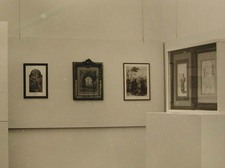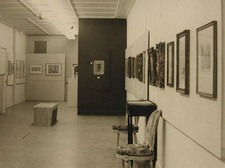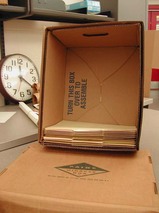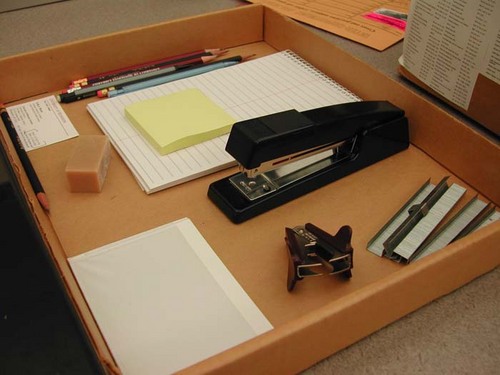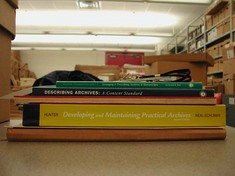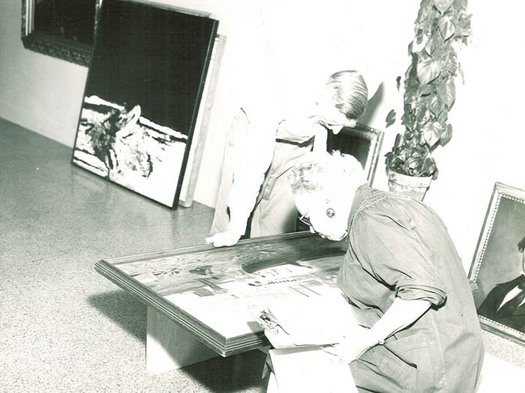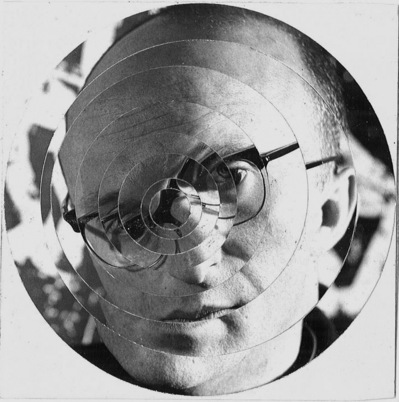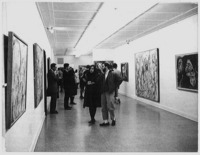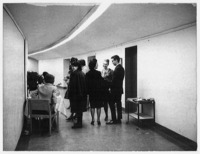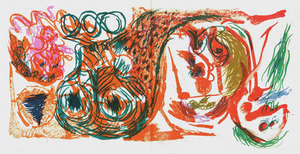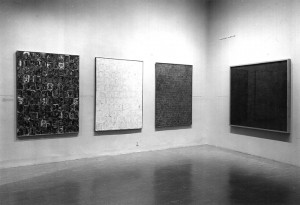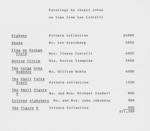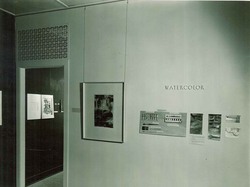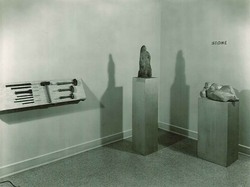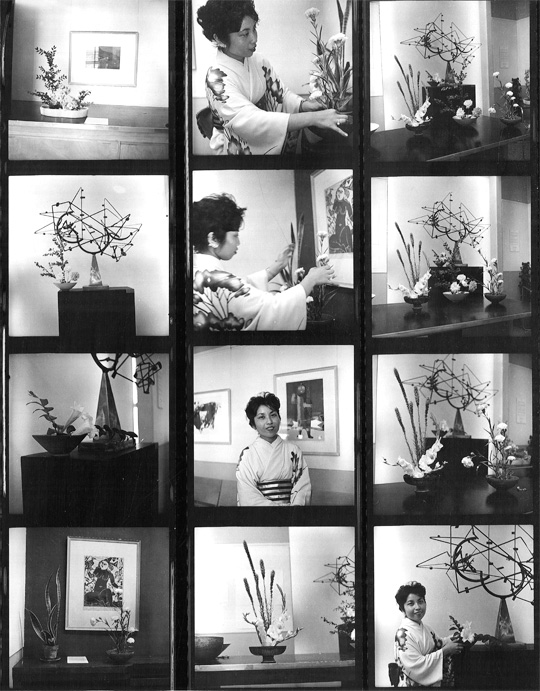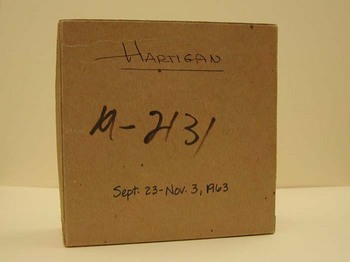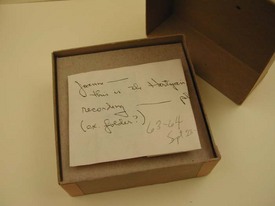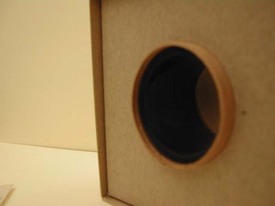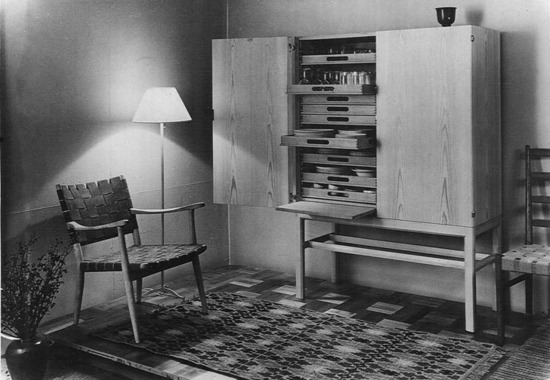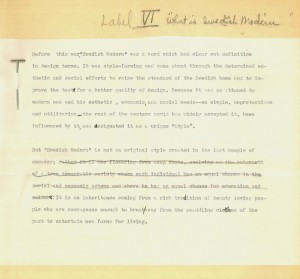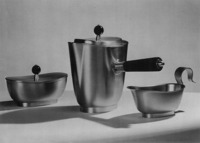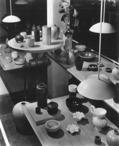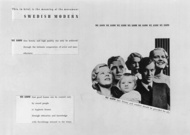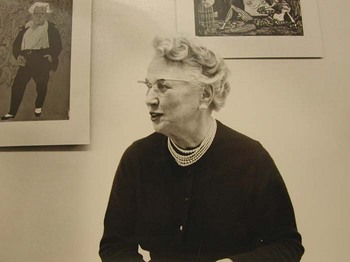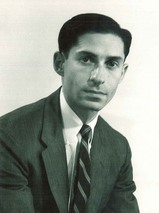 Following Ruth Lawrence’s retirement in 1957, Sidney Simon, assistant professor of art, was hired as the next director of the University Art Gallery.
Following Ruth Lawrence’s retirement in 1957, Sidney Simon, assistant professor of art, was hired as the next director of the University Art Gallery.
Meeting Minutes of the Board of Regents from Nov. 7-8, 1958 (Digital Conservancy) record the details of his appointment:
Sidney Simon appointed as Assistant Professor and Art Gallery Director Sept. 16, 1958 to June 15, 1960 at the rate of $6,235 Term B to read Nov. 16, 1958 to June 15, 1960
Due to Lawrence’s efforts in building the Gallery’s permanent collection over the course of her directorship (1934-1957), Simon would have ample opportunity to feature the University’s collection. A January 3 1961, U of M News Service release (Digital Conservancy) announces the Gallery’s annual permanent collection exhibition,
The choicest jewels of the University of Minnesota gallery – oils by Georgia O’Keeffe, B.J.O. Nordfeldt, Dove, Hartley and Feininger, water colors by Marin and Gross, Picasso prints, Kaethe Kollwitz drawings – will be put on public display in Northrop Memorial auditorium Thursday, January 12…
Following the permanent collection exhibition, a January 17th news release (Digital Conservancy) announces the Gallery’s “big show” of the year, “The Eighteenth Century – One Hundred Drawings by One Hundred Artists,” to open on January 23,
Outstanding 18th Century artists whose original works have been borrowed from museums throughout the world include Watteau, Fragonard and Boucher from France; Gainsborough and Romney from England; and Canaletto and Guardi, from Italy as well as numerous works from Germany, Switzerland and Holland… The show, which will hang in the galleries until March 7, is planned as a feature of the 49th annual meetings, in Minneapolis on Jan. 27, 28 and 29, of the College Art Association of America and the 14th annual meeting of the Society of Architectural Historians…
The works were assembled by University art department faculty, Professor Lorenz E.A. Eitner and Associate Professor Hylton A. Thomas, and were exhibited in the fourth floor gallery of Northrop:
